The Chinese invented pottery as early as about 8000-2000 BC (Neolithic Age). Utensils made from clay are called pottery, and vessels made from porcelain are called porcelain. Ceramics is a general term for pottery and porcelain. Clay and porcelain clay, two different properties of earth, are used as raw materials, and they can be called ceramics through the process of batching, molding, drying, and baking.
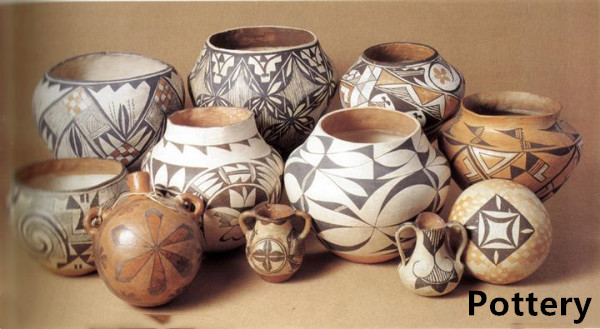
With the development of modern science and technology, many new ceramic varieties have appeared in the past century. They no longer use or rarely use traditional ceramic raw materials such as clay, feldspar, quartz, etc., but use other unique raw materials, and even expand to the scope of non-silicate, non-oxide, and many new processes have appeared. So the meaning of ceramics goes far beyond the narrow traditional concepts of the past.
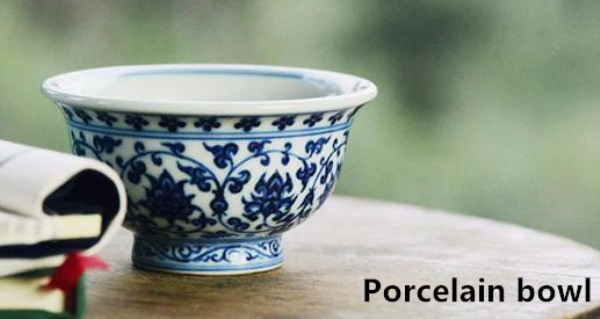
Initially, ceramics was the general term for pottery and porcelain. That is, a shaped sintered body obtained by molding and high-temperature sintering. Traditional ceramic materials mainly refer to aluminosilicates. In the beginning, people did not have high requirements for the choice of aluminosilicate, the purity was not significant, the particle size was not uniform, and the molding pressure was not high. The ceramic obtained at this time is called traditional ceramic. Later, it developed to high purity, small and uniform particle size, high molding pressure, and the sintered body obtained by sintering was called beautiful ceramics.
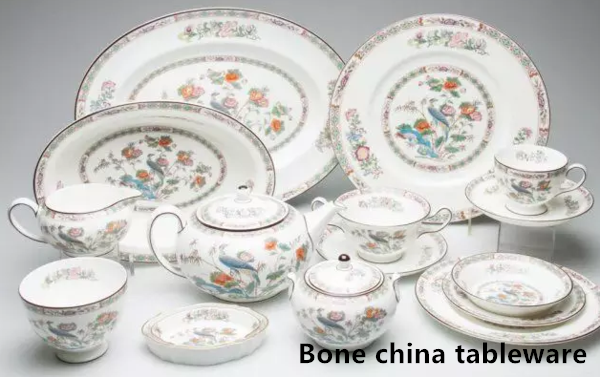
In the next stage, people researched the basis of the materials that make up ceramics, which significantly changed the concept of ceramics. The intrinsic mechanical properties of ceramics are related to the chemical bond structure of the elements constituting the ceramics. Chemical substances that can form a relatively stable three-dimensional network structure when crystals are formed can be used as ceramic materials. With the continuous development and progress of ceramic raw materials, the use of ceramic products has become more and more extensive. A new type of material has been formed—ceramic materials.
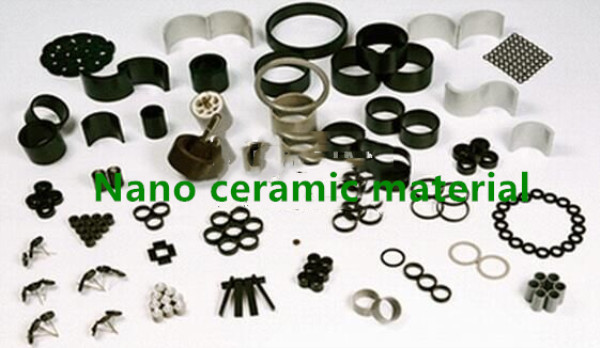
Ceramic materials refer to a class of inorganic non-metal materials made of natural or synthetic compounds through shaping and high-temperature sintering. It has the advantages of a high melting point, high hardness, high wear resistance, and oxidation resistance. It can be used as a structural material and a cutter material. Since ceramic also has some unique properties, it can also be used as a functional material. As ceramic materials become more and more refined, the language of scientists: we don't have to re-enter the ceramic age from the steel age.
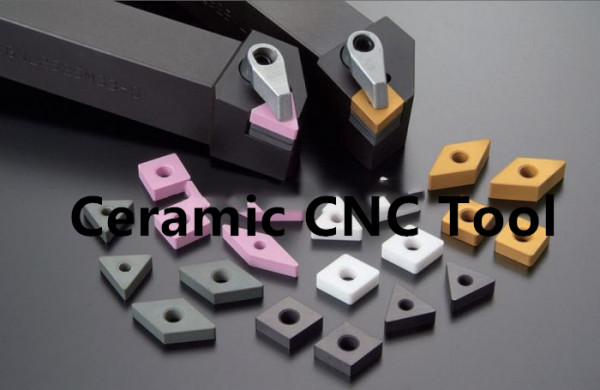
Properties of ceramic materials
1. Mechanical properties of ceramic materials
Ceramic materials are the materials with the best stiffness and highest hardness among engineering materials, and their hardness is mostly above 1500HV. Ceramics have higher compressive strength, but lower tensile strength, and poor plasticity and toughness.
2. Thermal characteristics of ceramic materials
Ceramic materials generally have a high melting point (mostly above 2000 ° C), and have excellent chemical stability at high temperatures; the thermal conductivity of ceramics is lower than that of metal materials, and ceramics are also right thermal insulation materials. At the same time, the linear expansion coefficient of ceramics is lower than that of metals. When temperature changes, ceramics have excellent dimensional stability.
3. Electrical characteristics of ceramic materials
Most ceramics have good electrical insulation, so they are widely used to make insulation devices of various voltages (1kV ~ 110kV). Ferroelectric ceramics (barium titanate BaTiO3) have a high dielectric constant and can be used to make capacitors. Ferroelectric ceramics can change the shape and convert electrical energy into mechanical energy (with the characteristics of piezoelectric materials) under the action of an external electric field. It can be used as a loudspeaker, record player, ultrasonic instrument, sonar, medical spectrometer, etc. A few ceramics also have semiconductor characteristics and can be used as rectifiers.
4. Chemical properties of ceramic materials
Ceramic materials are not easily oxidized at high temperatures and have excellent corrosion resistance to acids, alkalis, and salts.
5. Optical properties of ceramic materials
Ceramic materials also have unique optical properties. They can be used as solid laser materials, visual fiber materials, optical storage, etc. Transparent ceramics can be used for high-pressure sodium lamps. Magnetic ceramics (such as ferrites: MgFe2O4, CuFe2O4, Fe3O4) have a wide range of applications in audiotapes, records, transformer cores, and large-scale computer memory components.
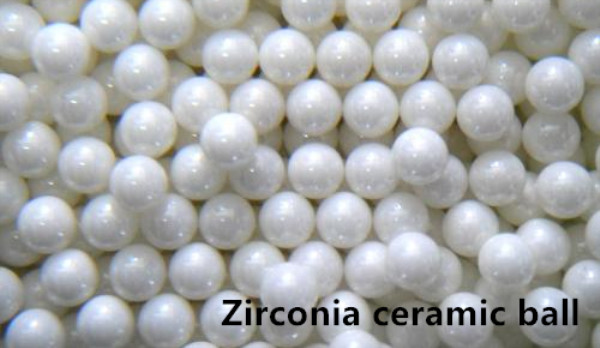
Classification of ceramic materials
Ceramic materials can be divided into ordinary materials and unique materials according to the different sintering raw materials. Everyday materials are sintered from natural raw materials such as feldspar, clay, and quartz. They are typical silicate materials. The main constituent elements are silicon, aluminum, and oxygen. These three elements account for 90% of the total crust elements. Ordinary ceramics Rich sources, low cost, mature technology. This type of ceramics can be divided into daily-use ceramics, building ceramics, electrical insulation ceramics, chemical ceramics, etc. according to their performance characteristics and uses. Specialized materials are made of high-purity artificially synthesized raw materials, which are formed by sintering with precise control technology, and generally, have specific unique properties to meet various needs. According to its main components, there are oxide ceramics, nitride ceramics, carbide ceramics, cermets, etc .; unique ceramics have select mechanical, optical, acoustic, electrical, magnetic, thermal, and other properties.
According to different uses, unique ceramic materials can be divided into structural ceramics, tool ceramics, and functional ceramics.
1.Structural ceramics
The main composition of alumina ceramics is Al2O3, which is generally higher than 45%. Alumina ceramics have various excellent properties. High-temperature resistance commonly can be used at 1600 ℃ for a long time, corrosion resistance, high strength, its strength is 2 ~ 3 times that of ordinary ceramics, and the higher one can reach 5 ~ 6 times. The disadvantage is that it is brittle and cannot accept sudden changes in ambient temperature. Extremely versatile, can be used as a crucible, engine spark plug, high-temperature refractory material, thermowell, seal ring, etc., can also be used as tools and molds.
The main composition of silicon nitride ceramics is Si3N4, which is a high temperature ceramic with high-temperature strength, high hardness, wear resistance, corrosion resistance, and self-lubrication. The linear expansion coefficient is the smallest among various ceramics, and the use temperature is as high as 1400 ° C. Has excellent corrosion resistance, in addition to hydrofluoric acid, can withstand the corrosion of various other acids, and can withstand the corrosion of different metals, and has excellent electrical insulation and radiation resistance. It can be used as high-temperature bearings; seal rings used in corrosive media, thermocouple sleeves, and metal cutting tools.
The main composition of silicon carbide ceramics is SiC, which is a high-strength, high-hardness, high-temperature-resistant ceramic that can maintain high bending strength when used at 1200 ° C to 1400 ° C. It is currently the most top temperature strength ceramic, silicon carbide ceramics. It also has excellent thermal conductivity, oxidation resistance, electrical conductivity, and high impact toughness. It is an excellent high-temperature structural material, which can be used for parts that work at high temperatures such as rocket tail nozzles, thermocouple sleeves, furnace tubes, etc.; its thermal conductivity can be used to make heat exchanger materials at high temperatures; and its high hardness and Wear-resistance for grinding wheels and abrasives.
Hexagonal boron nitride ceramics are mainly composed of BN, and the crystal structure is hexagonal crystal system. The structure and performance of hexagonal boron nitride are similar to graphite, so it is called "white graphite", its hardness is low, and it can be cut and has self-lubricity. It can be made into self-lubricating high-temperature bearings, glass forming molds, etc.
2. Tool ceramics
The main components of cemented carbide are carbides and binders. The carbides mainly include carbides, titanium carbides, tantalum carbides, niobium carbides, and vanadium carbides. The binders are mainly cobalt. Compared with tool steel, cemented carbide has higher hardness (up to 87 ~ 91HRA), good hot hardness (excellent abrasion resistance at about 1000 ℃). When used as a tool, the cutting speed is 4-7 times higher than that of high-speed steel, and the service life is increased by 5 ~ 8 times. Its disadvantages are that the hardness is too high, the brittleness is challenging to be machined. Therefore, it is often made into blades and inlaid on the tool holder. Cemented carbide is mainly used for machining tools; various molds, including drawing Extending die, drawing die, cold heading dies, mining tools, geology, and petroleum development, use a variety of drill bits, etc.
Diamond Natural diamond (diamond) is a precious ornament, while synthetic diamond is widely used in the industry. Diamond is the hardest material in nature and also has a very high elastic modulus. The thermal conductivity of diamond is the highest among known materials; Diamond has excellent insulation properties. Diamond can be used as drills, knives, abrasive tools, wire drawing dies, and dressing tools; diamond tools can be ultra-precision processed to achieve a mirror finish. However, diamond tools have poor thermal stability and significant affinity with iron group elements, so they cannot be used for processing iron and nickel-based alloys. They mainly process non-ferrous metals and non-metals and are widely used in ceramics, glass, stone, concrete, gemstones, Processing of agate, etc.
Cubic boron nitride (CBN) has a cubic crystal structure, its hardness is high, second only to diamond, and it has better thermal stability and chemical stability than diamond. It can be used for hardened steel, wear-resistant cast iron, thermal spray materials, and nickel. It is the cutting of metals. It can be made into tools, abrasive tools, wire drawing dies, etc.
Other tool ceramics include alumina, zirconia, silicon nitride, and other ceramics, but they are inferior to the above three tool ceramics in terms of overall performance and engineering applications.
3. Functional ceramics
Functional ceramics usually have unique physical properties and involve many fields. Typical ceramics with the same functions include dielectric ceramics, optical ceramics, magnetic ceramics, and semiconductor ceramics. Dielectric ceramics have the characteristics of insulation, hotspot, piezoelectricity, and strong dielectric properties. They are mainly used in integrated circuit substrates, thermistors, oscillators, capacitors, etc .; optical ceramics have fluorescent luminescence, high transparency, and point emission. Color effect and other characteristics, can be used in lasers, infrared windows, optical fibers, displays, etc .; magnetic ceramics are divided into soft magnetic, hard magnetic, magnetic tapes, various high-frequency magnetic cores are delicate magnetic ceramics, and electro-acoustic devices, instruments And the magnetic base of the control device is made of hard magnetic ceramics; semiconductor ceramics have the effect of resistance temperature change and thermionic emission, and are often used for temperature sensors and hot cathodes.
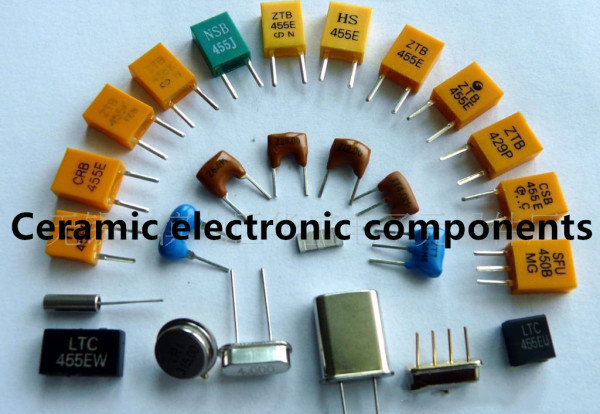
Beautiful ceramics are one of the unique values of new materials, and they have broad development prospects. Such beautiful ceramics with excellent properties may be widely used in place of steel and other metals in a wide range to achieve the purpose of saving energy, improving efficiency and reducing costs, the combination of beautiful ceramics and synthetic polymer materials. It can reduce the weight, size, and effectiveness of vehicles.
Excellent ceramic materials will become high-strength materials that can withstand high temperatures so that they can be used as various thermal engine materials, including aircraft engines, materials for fuel cell power generation, nuclear reactor wall materials, and pollution-free external combustion engine materials. Beautiful ceramics, high-performance molecular materials, new metal materials, and composite materials are listed as four new materials. Some scientists predict. With the advent of beautiful ceramics, humans will re-enter the ceramic age from the steel age.
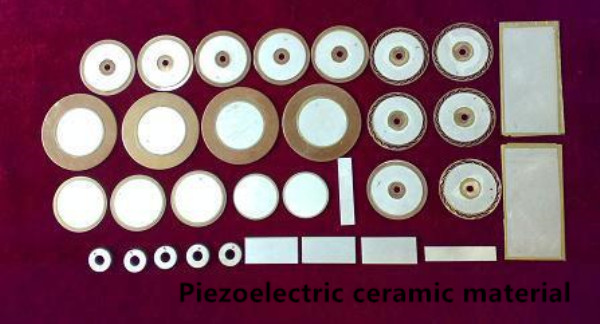
Increasingly, beautiful ceramics are leading the new material world with excellent properties such as high-temperature resistance, super strength, and versatility. Decorative ceramics are high-performance ceramics that are made of pure, high-purity, synthetic inorganic compounds as raw materials and sintered by precise control processes. They are also known as advanced ceramics or new ceramics. There are many types of beautiful ceramics, which can be roughly divided into three categories-structural ceramics, electronic ceramics, and bioceramics.
1.Structural ceramics
This ceramic is mainly used to make structural parts. Some seals, bearings, cutters, ball valves, cylinder liners, etc. in the machinery industry are frequently subject to friction and are easily worn. Manufactured from metal and alloys can sometimes be damaged within a short time, and advanced structural ceramic parts Withstand this "tribulation."
2. Electronic ceramics
This refers to functional ceramics used to produce electronic components and structural components of electronic systems. In addition to their high mechanical properties such as high hardness, these ceramics can be "different" to changes in the surrounding environment, that is, they have excellent stability, which is an essential property for electronic components, and can withstand high temperatures.
3. Bioceramics
Bioceramics is a ceramic material used to make the body's "skeletal-muscle" system to repair or replace human organs or tissues.




